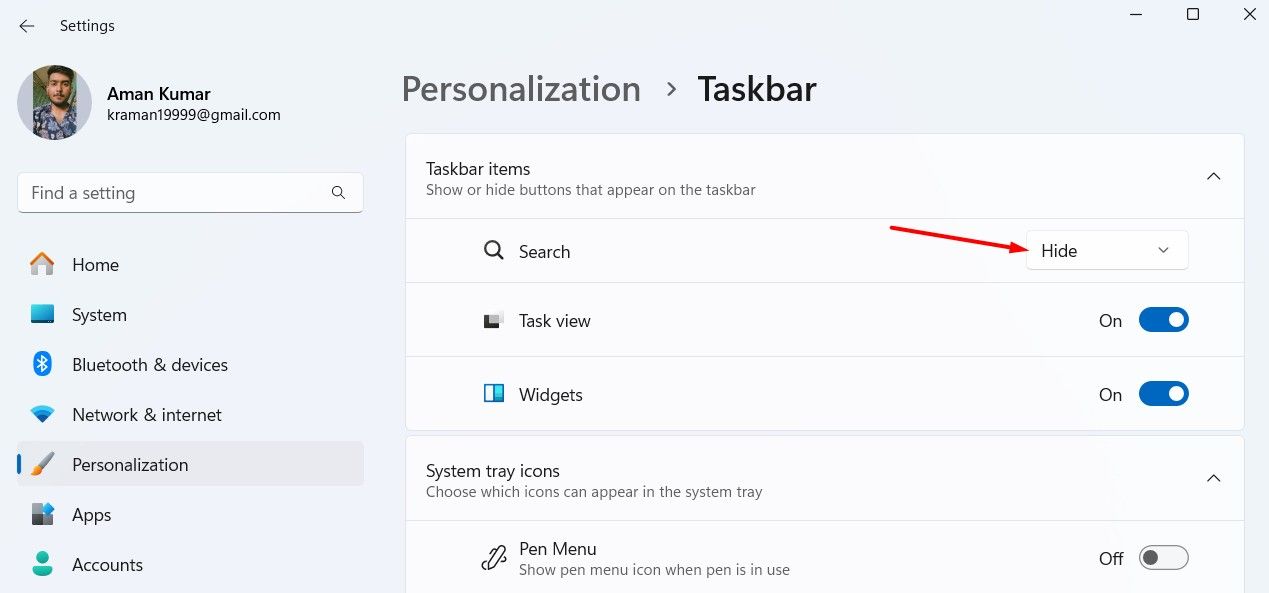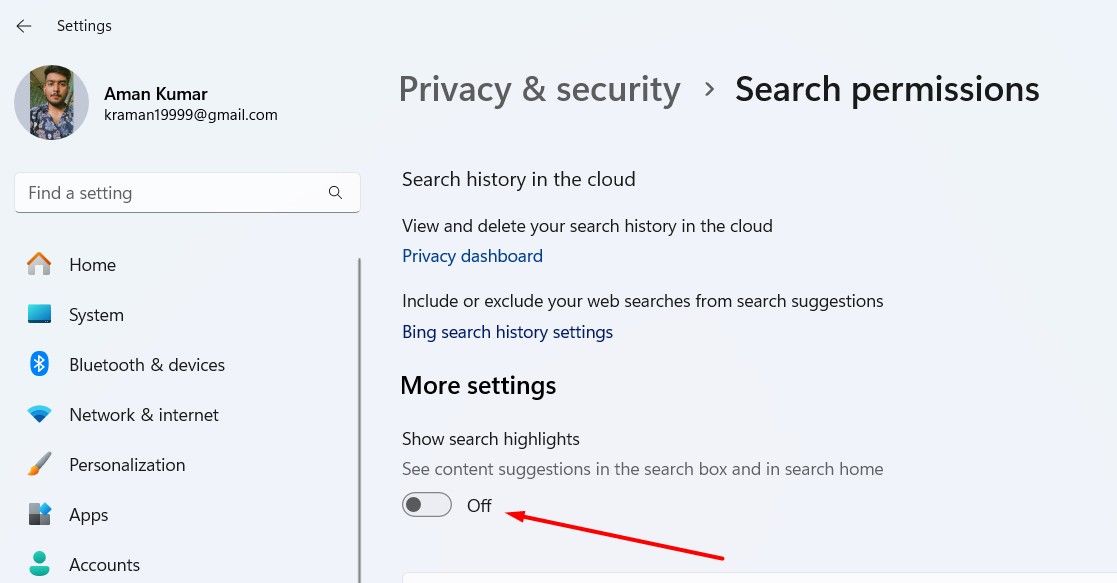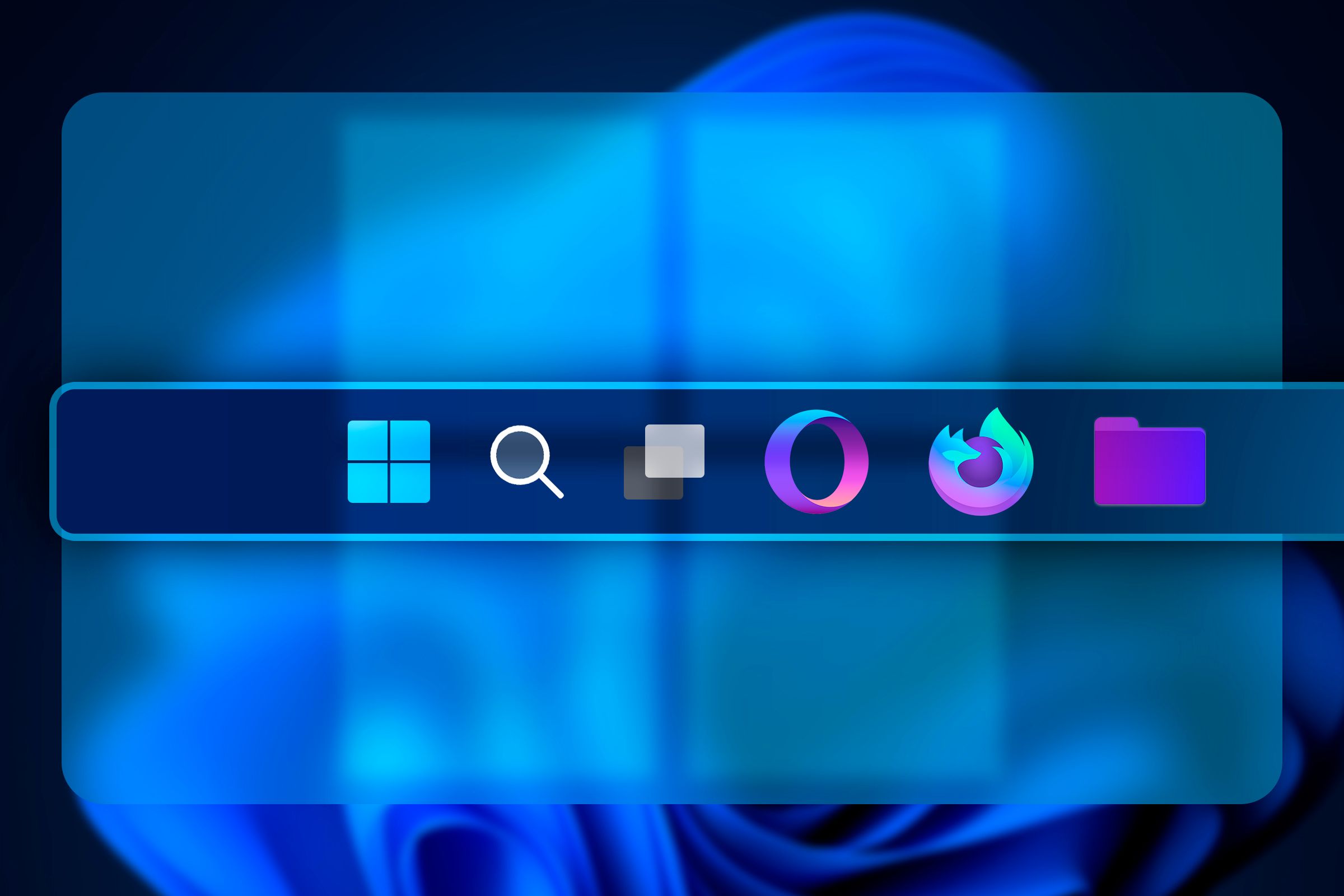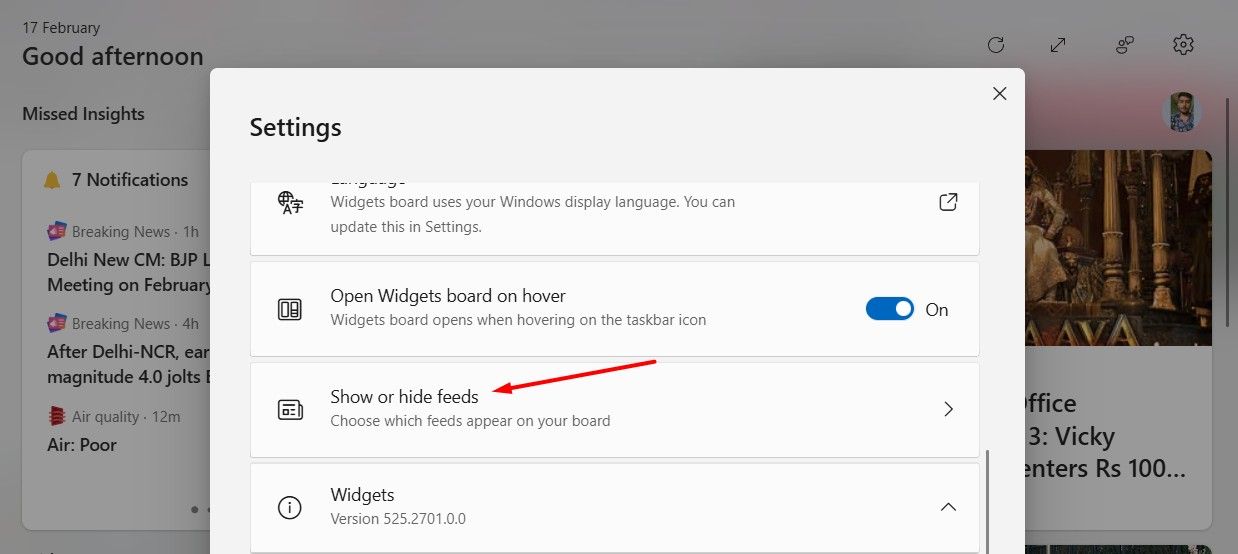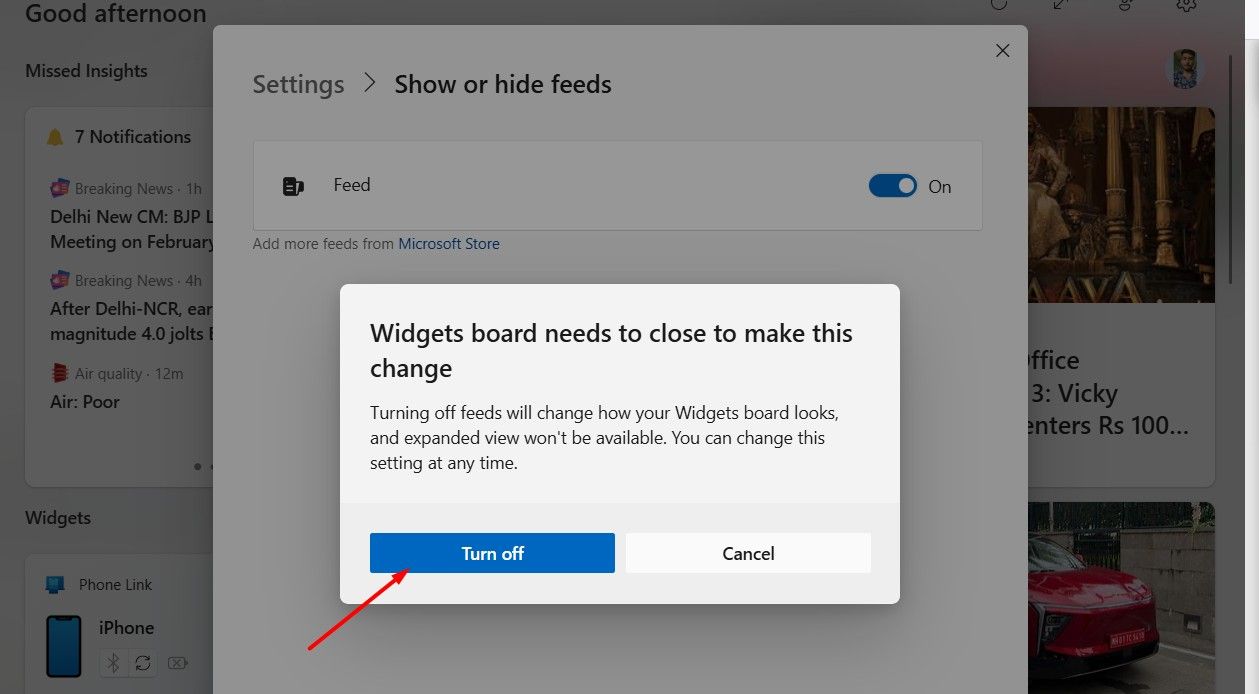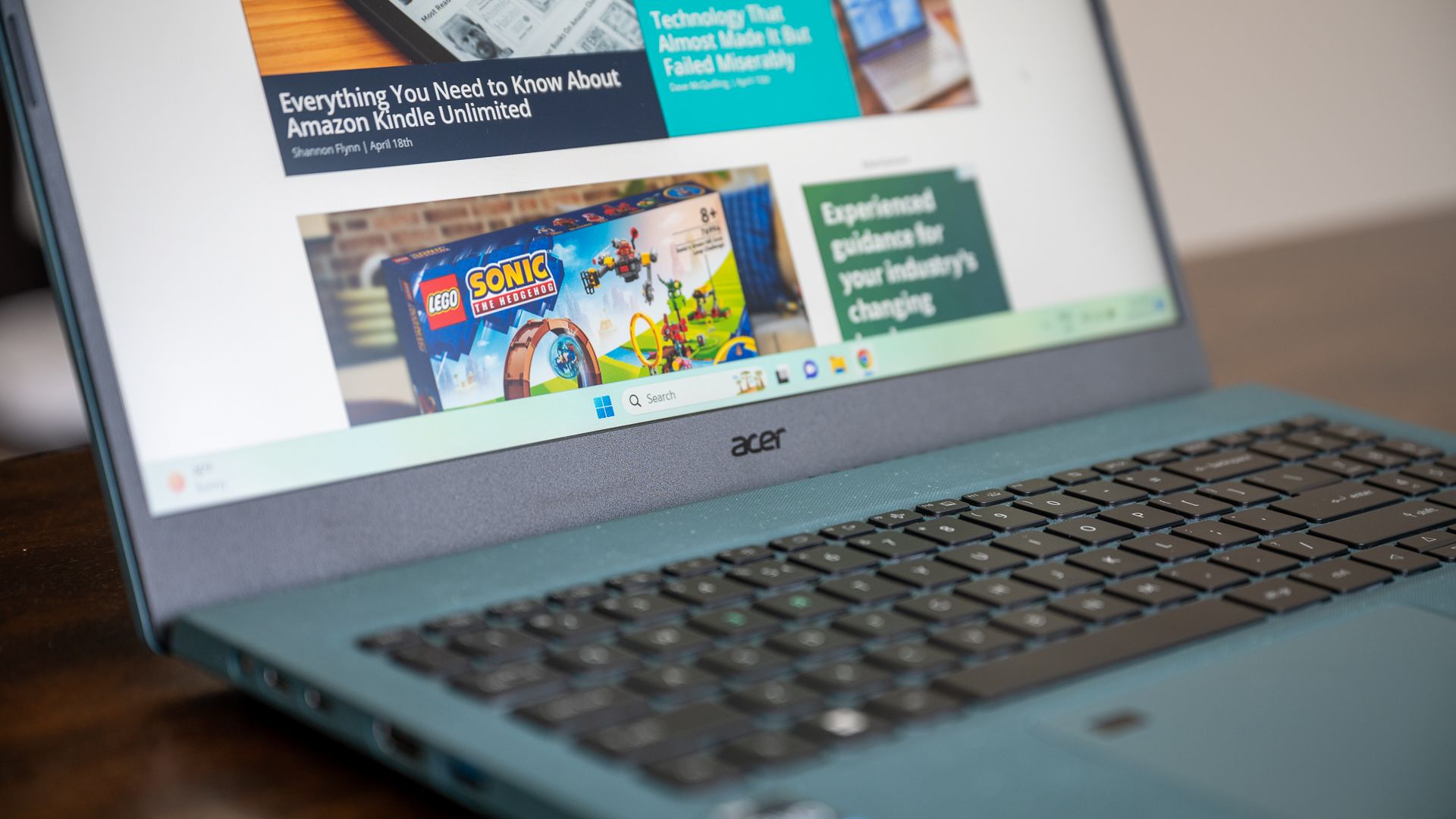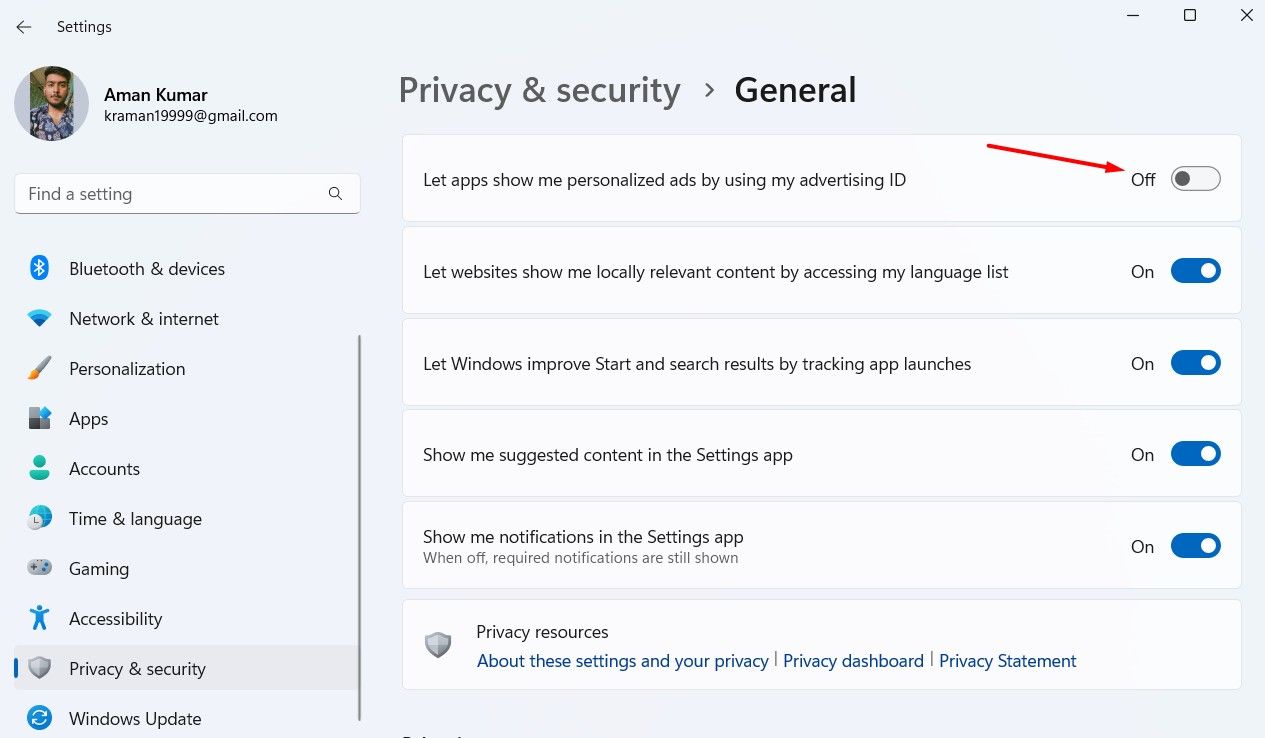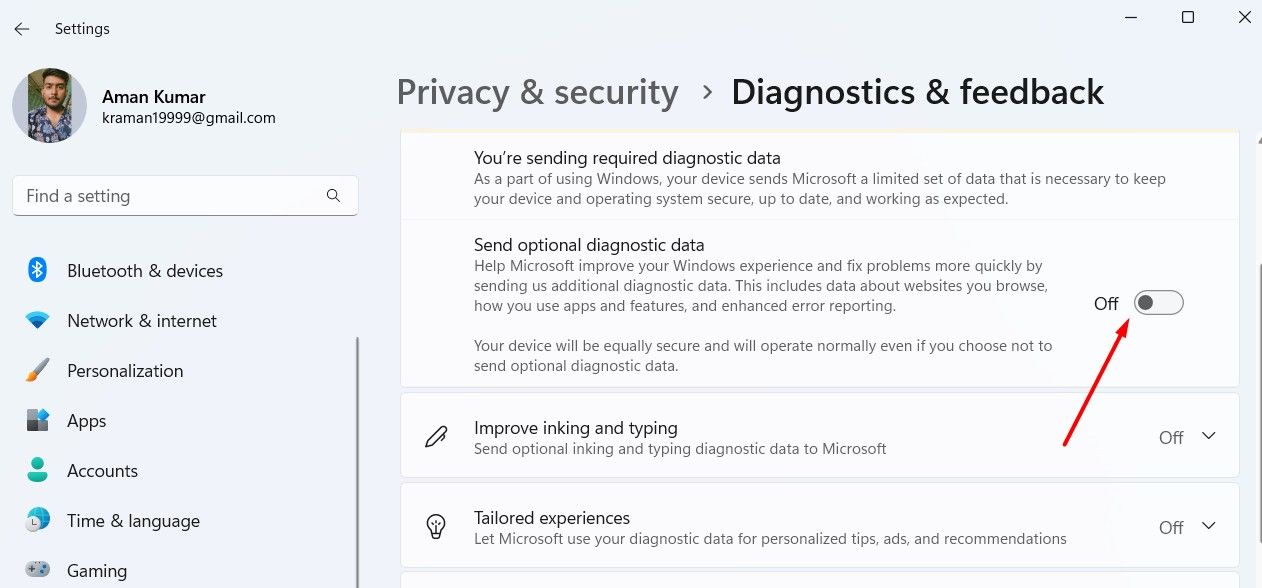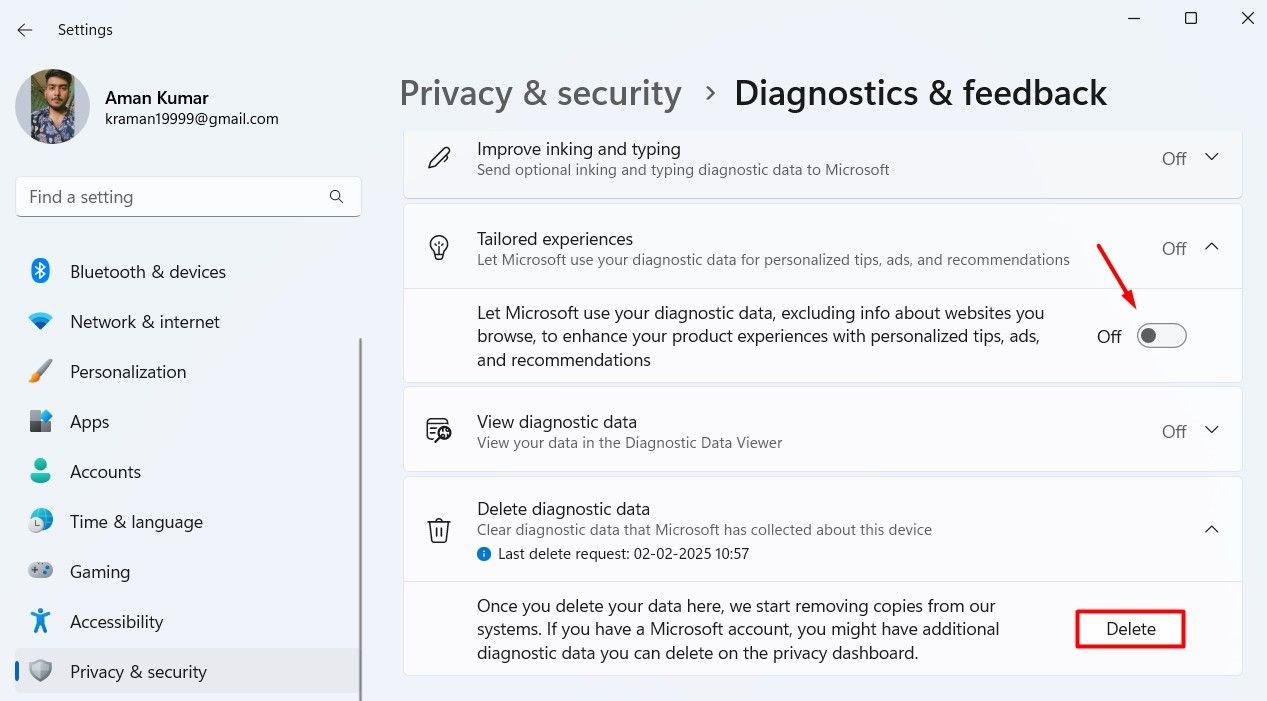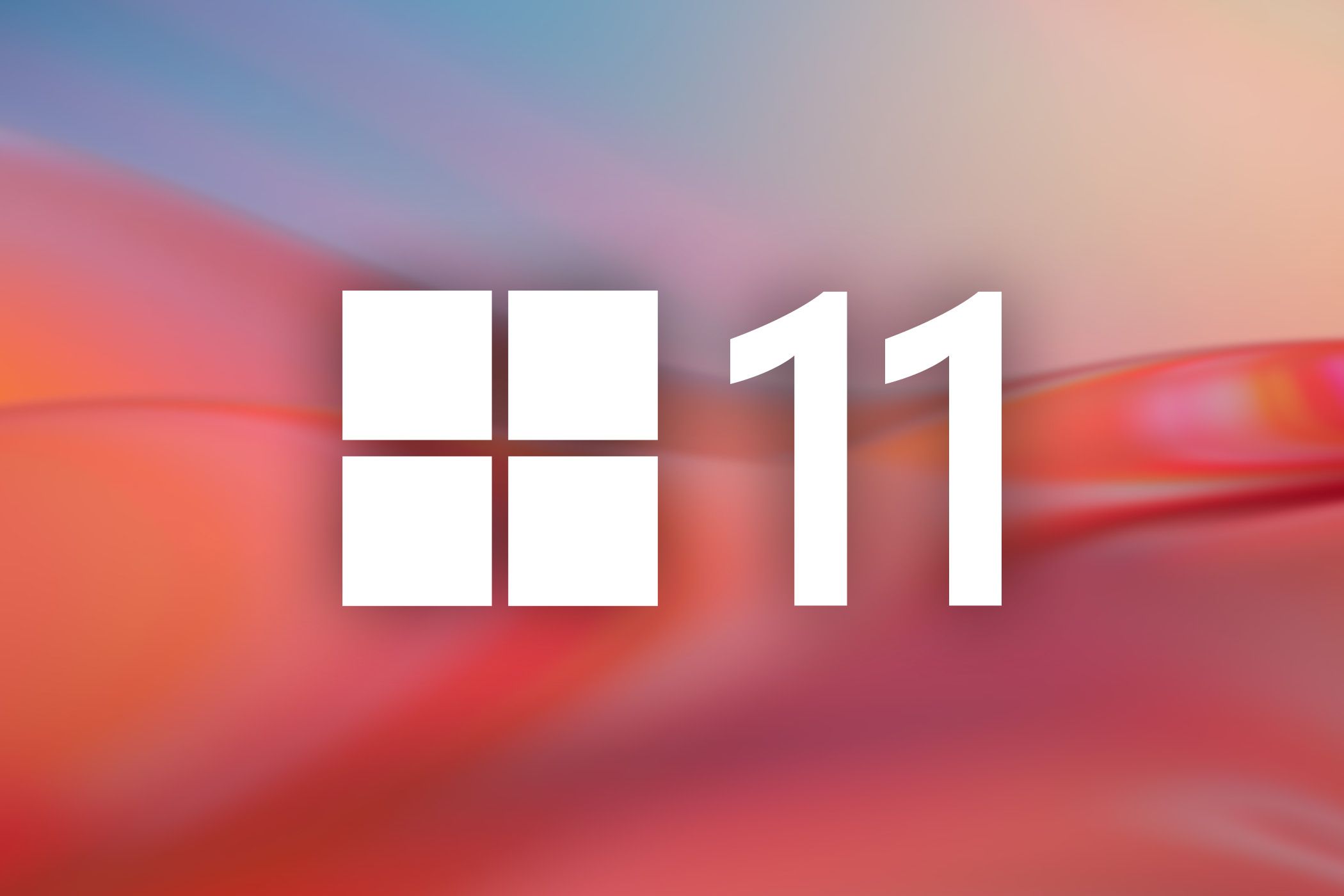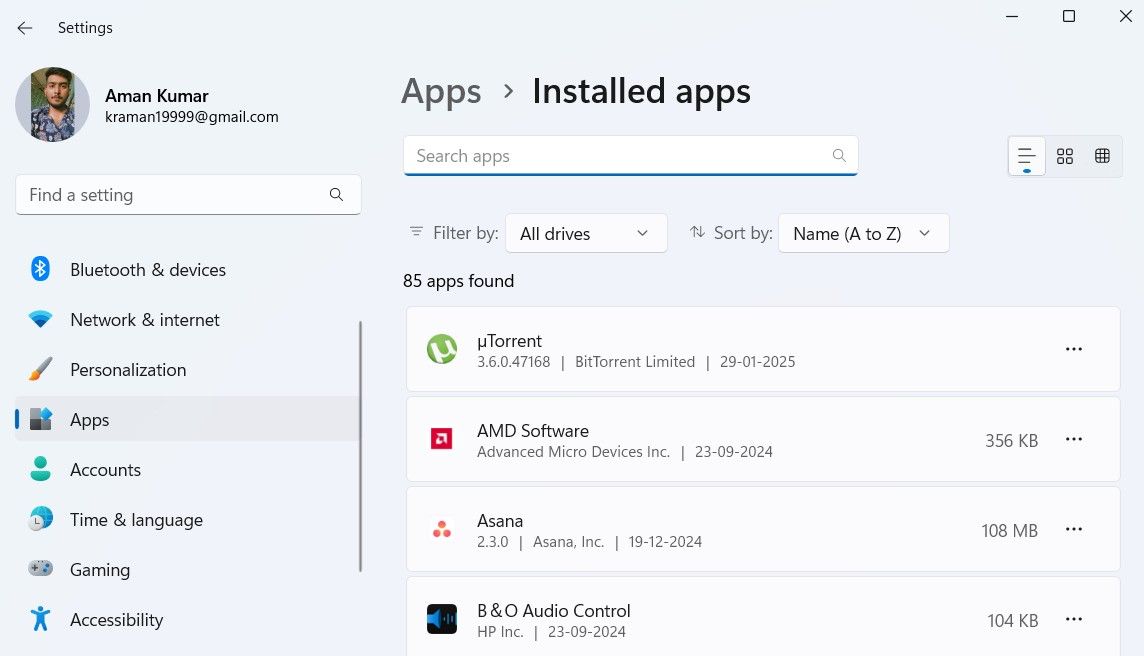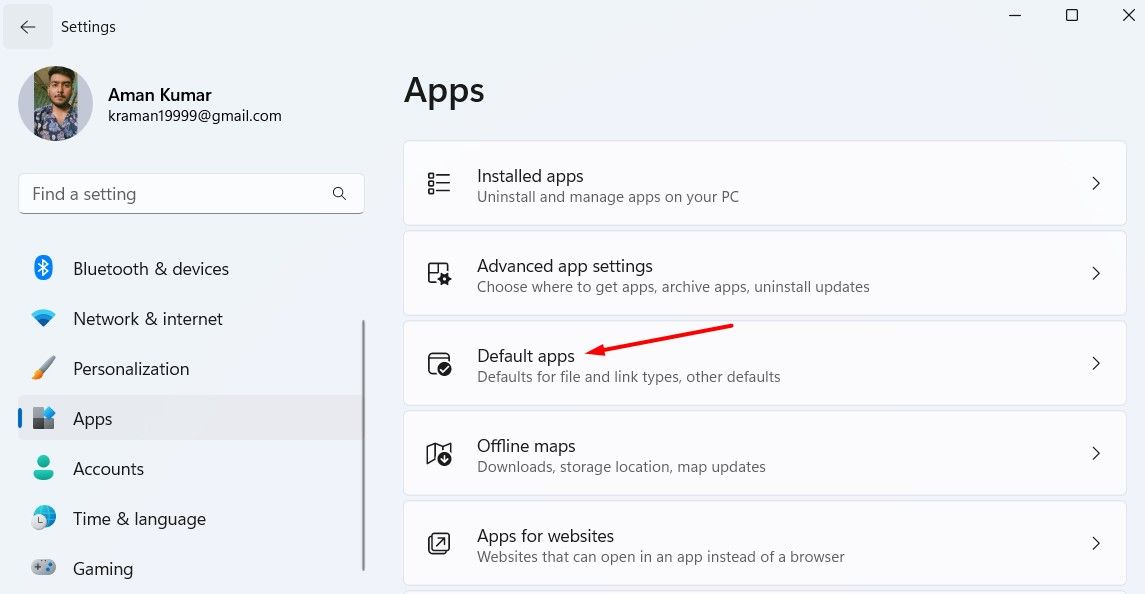I’ve been using Windows 11 for over two years now, and during that time I’ve customized it in many ways to work well for me. If you’re new to Windows 11, the first thing I’d recommend is making these seven adjustments.
7
Hide the Taskbar Search Box
On the Windows 11 taskbar, you can manually pin applications you frequently use. However, by default, Windows 11 comes with items like widgets, task view, and search pinned to the taskbar.
While I appreciate Microsoft pinning task view and widgets, I don’t understand why they include the search option. I find it unnecessary since I believe most people prefer accessing the Start menu and using the search box there to find something on the computer instead of clicking the search box on the taskbar.
If you want to remove the search box from the taskbar, select the “Hide” option in the Taskbar window of the Settings app.
It might also be the case that you like having the search box on the taskbar but aren’t a fan of the content such as Microsoft Rewards or trending searches that appear when you click it. This content is known as “search highlights,” and you can disable it by navigating to Privacy & Security > Search Permissions and then turning off the “Show Search Highlights” toggle.
The widgets board on Windows 11 shows helpful information like the weather in your area, the status of the smartphone connected to your device via the Phone Link app, and many other things. Along with all this, you’ll find the board filled with news articles Microsoft thinks are relevant to your location.
However, if you find these news articles unnecessary, you can configure Windows 11 to hide them. To do this, open the widgets board, click the gear icon, and select “Show or Hide Feeds” in the Settings window.
Then, turn off the “Feed” toggle and choose “Turn Off” from the confirmation box that appears.
5
Disable Advertising ID for Personalized Ads
On Windows 11, you may have noticed that apps display ads meant to be relevant to your interests or location. For example, a location-based app might show ads for businesses near you. This happens because of the Advertising ID setting in Windows 11.
Microsoft assigns a unique Advertising ID to each Windows 11 system. This ID functions similarly to browser cookies which tracks your activity to show you relevant ads. When the Advertising ID option is enabled, ad companies and apps on your device use this ID to collect information about your activity. They then use the collected data for delivering personalized ads and experiences across different applications.
If you don’t want Microsoft to track your activity and show you targeted ads in various apps on your computer, you need to disable the Windows Advertising ID option. To do this, open the Settings app and navigate to Privacy & Security > General. Then, turn off “Let apps show me personalized ads by using my advertising ID” toggle.
4
Don’t Send Diagnostic Data to Microsoft
Companies are always trying to track your activity and see what you do on your device, and Microsoft is no exception. In Windows 11, there is an Optional Diagnostic Data setting that allows Microsoft to collect data about your online activity and how you use apps and features on your computer.
Microsoft claims this data helps improve your Windows experience, but if you don’t want them collecting it, you’ve the option to disable the setting. To do this, open the Settings app and go to Privacy & Security > Diagnostics & Feedback. Then, turn off the “Send Optional Diagnostic Data” toggle.
Next, make sure the toggle for “Tailored Experiences” is also disabled. Finally, click the drop-down icon next to “Delete Diagnostic Data” and then click the “Delete” button.
3
Get Rid of Microsoft AI Assistant
Similar to other companies like Google, Microsoft also has an AI assistant called Copilot, which you can use for drafting content, generating images, coding games, and more. However, if you don’t want AI on your computer, Microsoft allows you to disable Copilot on Windows 11.
If you’re a Windows 11 Pro user, you can disable Copilot using the Local Group Policy Editor. If you’re using Windows 11 Home, you can remove the Microsoft AI assistant by modifying the registry. However, make sure you’ve backed up your computer and created a restore point before modifying the registry to get rid of Copilot, as one wrong edit in the registry editor can make your computer unstable.
2
Uninstall Pre-Installed Applications
Windows 11 comes with a lot of preinstalled applications. Microsoft provides these applications so you don’t have to immediately start installing different apps for various tasks on a new Windows system. For example, it includes the Microsoft Edge browser for browsing the internet, the Snipping Tool for taking screenshots, Media Player to open audio and video files and the Photos app for viewing images on your computer.
However, if you don’t like the pre-installed apps or have downloaded a dedicated third-party application that better suits your needs, you can uninstall these apps if you want. To do this, go to the “Installed Apps” section in the Settings app and unistall the app you want.
1
Configure the Default Apps
If you’ve installed a third-party app for a specific task but don’t want to uninstall the app that comes with Windows for that task, you’ll need to configure the default app settings. For example, if Microsoft Edge is installed on your computer but you’ve installed Google Chrome and want to use it as your default browser, you’ll need to set Chrome as the default app for browsing the internet. To do this, you need to go to the “Default Apps” section in the Settings app.
These are some of the first things I recommend configuring whenever you install Windows 11 on your computer. Besides this, you can also adjust settings like startup apps, taskbar positioning, Start menu layout, and more. Take the time to explore all the settings Windows 11 offers and customize them to fit your needs.


